Taiwan | Adventures in Food and Couch Surfing in Taichung
By Hailey MOTOOKA
Whenever I told someone who had been to Taiwan before that I was studying there for a semester, a response I got from every single person was,
“Oh my God the food there is amazing.”
And having been in Taiwan for a little under two weeks I can confirm that yes, the food here is absolutely amazing. At first I was a bit skeptical, because the food is sold from vendors who set up small carts on the side of the road, selling a variety of items from dumplings to sweet potato balls to grilled steak to squid on a stick. The prices are also ridiculously reasonable which, at first, raises a few flags and occasionally makes me wonder where exactly the meat comes from and whether there’s any sort of health inspection process that goes along with selling food from these carts. However, then you taste the food and think, “eh, I suppose I can overlook the numerous sanitary violations that would probably not pass in the U.S.”
Along with the street food, I also had the opportunity to eat at some pretty… interesting establishments, one in particular called Modern Toilet located in Ximen. Now, the name of the restaurant could be misleading but trust me, it’s not. At Modern Toilet restaurant not only do you sit on toilets, but you also eat your food out of tableware representing all things related to the restroom. However, if the bathroom is a place that makes you feel queasy, then urine trouble because this place has all things dealing with the toilet life. (Let’s just take a moment to appreciate my previous pun.)
However in my opinion, some of the best foods here in Taiwan are found in the night markets. Night markets are essentially the Costco of street food except you don’t need a silly membership card to enjoy the free samples. One of the biggest night markets in Taiwan is located in the city of Taichung (台中)—a city two hours south of Taipei by train. During the long weekend a few friends and I hopped on the train and headed south hoping for less rain and warmer weather. Thankfully there was no rain, but it was still crazy cold in Taichung (and by crazy cold I mean around 55˚F). However, things warmed up once we reached the large crowd at the Feng Chia (逢甲) night market. To sum it up, Feng Chia night market encompasses three to four blocks each connected by numerous smaller alleyways with countless food stands and small clothing stores selling items for marvelously cheap prices. The only problem with this place is a) the massive crowd that swarms in around 5:00 pm. b) the myriad of food options—whether to get the duck bao or the fried tofu skewers (then, in the end, deciding on getting both) and c) having to practice self control because how the heck do you say no to a custard filled pancake wheel?
And the answer is you don’t, because it’s magically delicious.
Another one of the most famous tourist locations to visit in Taichung is the Rainbow Village. It’s not actually an entire village, more like a small clustering of tiny shelters next to a playground, but it was pretty adorable and even more impressive, the entire village was entirely painted by one man.
Overall, the weekend trip to Taichung went extremely well except for when we tried to check into the hostel we booked only to find out that our room had been double booked and thus, we had no place to stay at night. Normally, this problem is easily resolved by simply booking a room at another nearby hostel or Air B&B. However everything, and I mean absolutely everything was booked. At one point, I tried begging the dorm advisors at a local University to let us stay in an open dorm or in one of the lounges for the night. We even considered staying in a 24/7 KTV (karaoke room) for the night—an idea that I was actually very willing to try, and probably will end up trying just for fun.
In the end, one of my friends got in contact with someone from couch surfing. I’ll be honest, when we arrived at the location of the given address, I was extremely skeptical and was considering going to the KTV alone for a solo karaoke adventure, but it was already midnight and everyone was already tired from the previous events of the day. We entered the place and were immediately greeted by the smell before anything else. The place smelled entirely of stinky tofu, and for those that don’t know what stinky tofu is, it’s a traditional Chinese dish that tastes pretty good but smells like absolute garbage, like literal garbage. We were then greeted by a lady and a nine-year-old girl who immediately starts to make conversation with us in surprisingly well-versed English. The lady, whom we called 阿姨 (A yi–Aunty) seemed aghast that there was six of us, but regardless lead us upstairs to a small room with numerous blankets and pillows on the floor. The six of us crammed side by side on the floor in a space that was perhaps a little big larger than a king sized bed while the girl, 妹妹 (mei mei—little sister), talked with us until 2 am.
Staying with A Yi and Mei mei was perhaps my favorite part of this weekend trip, getting to stay with a local Taiwanese family in a room above a stinky tofu shop. It really doesn’t get more authentic than that. This experience has once again reminded me of the kindness and generosity that Taiwanese people show towards foreigners.
Hailey Motooka studied abroad in Taipei, Taiwan, in Spring 2017: http://eap.ucop.edu/OurPrograms/taiwan/Pages/national_taiwan_univ.aspx


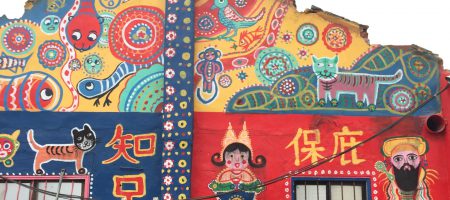
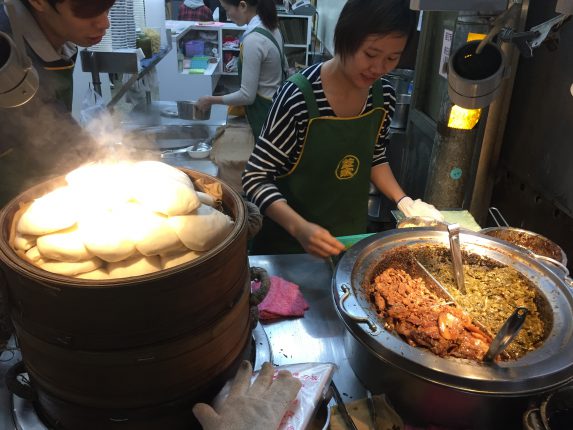
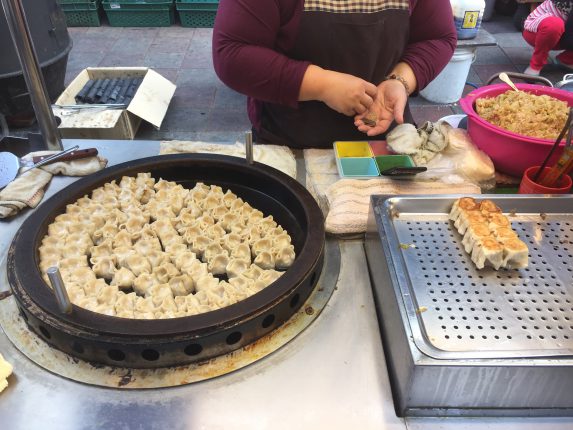

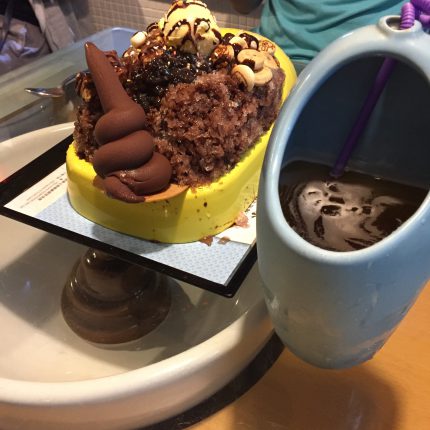
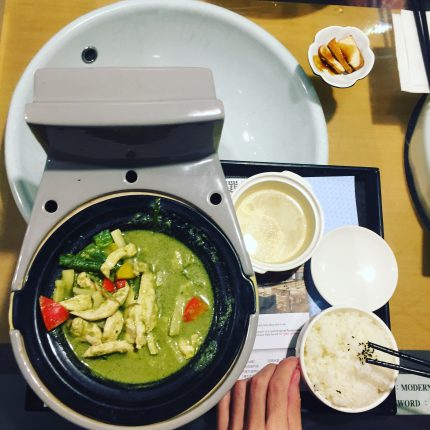
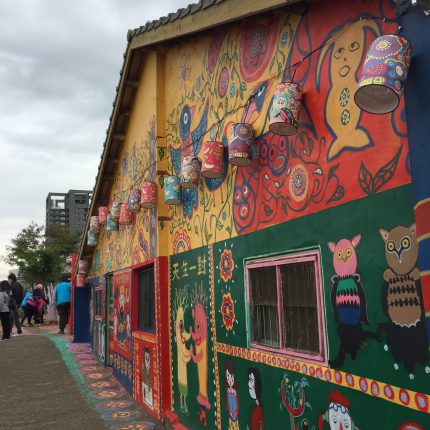
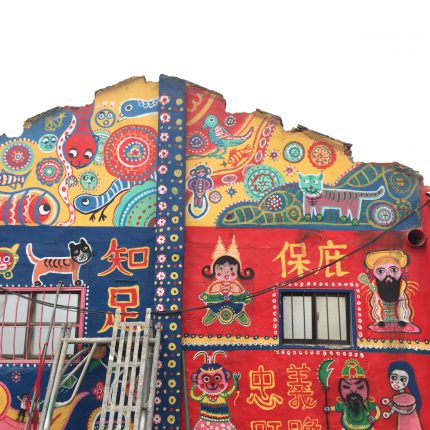
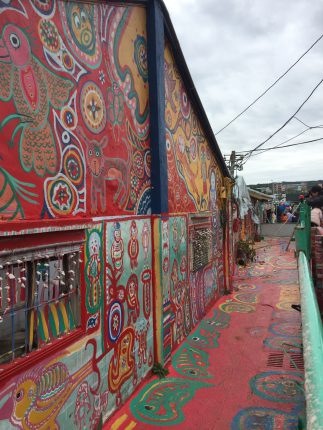
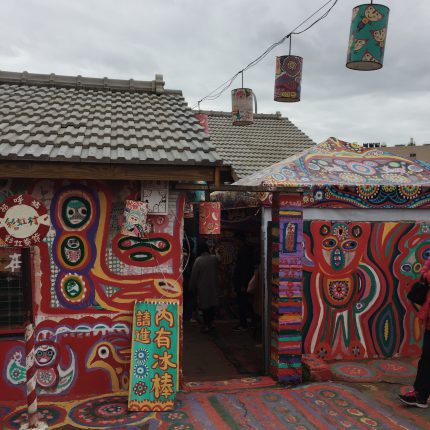


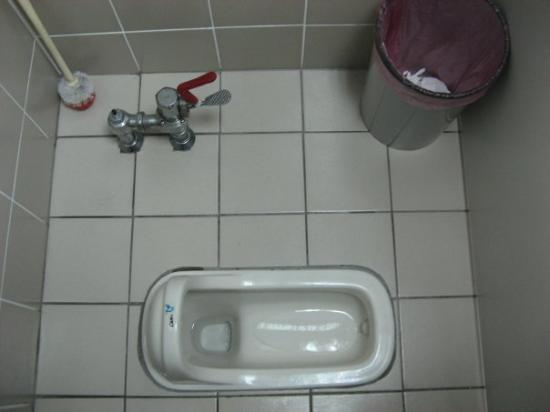
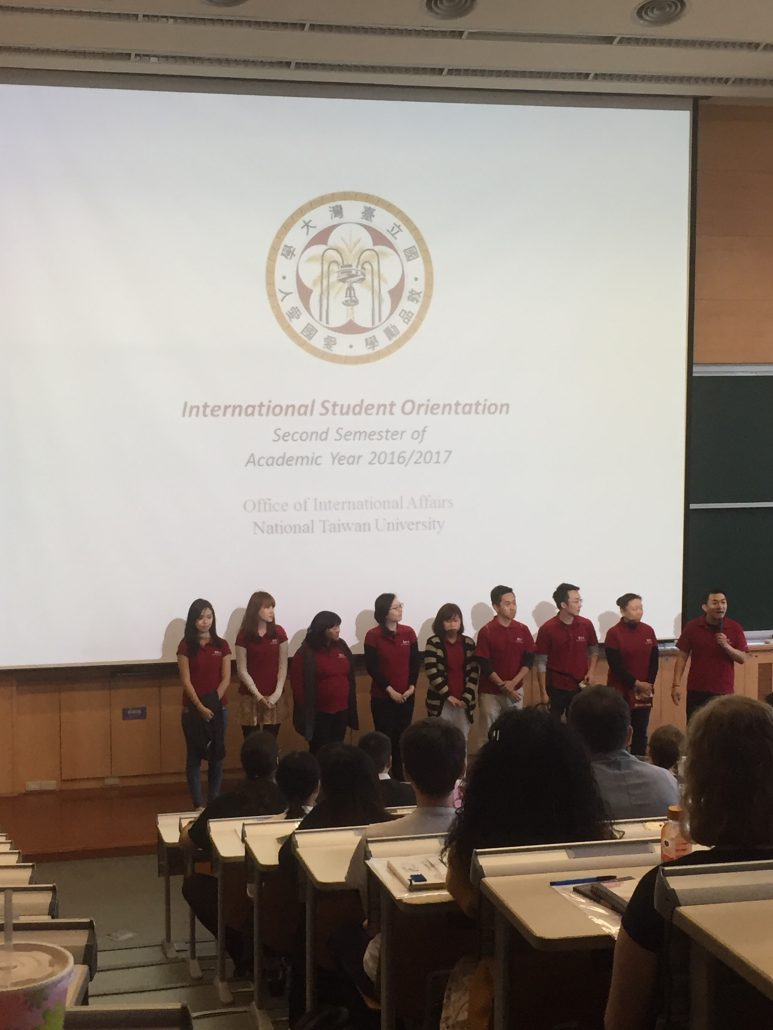
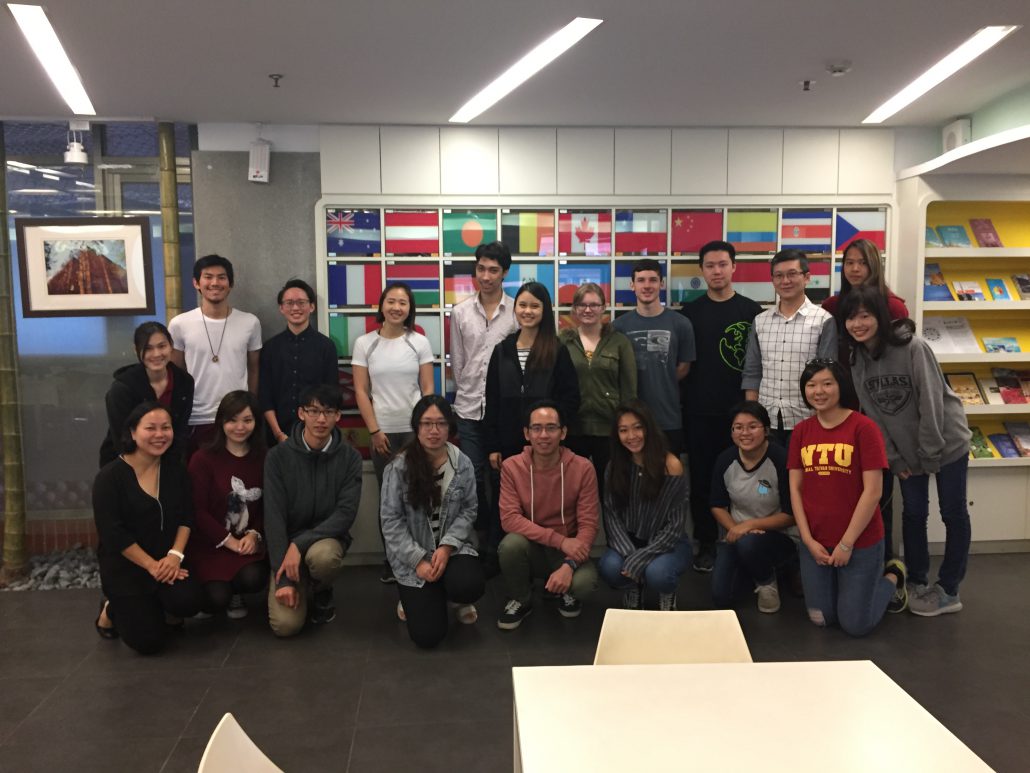

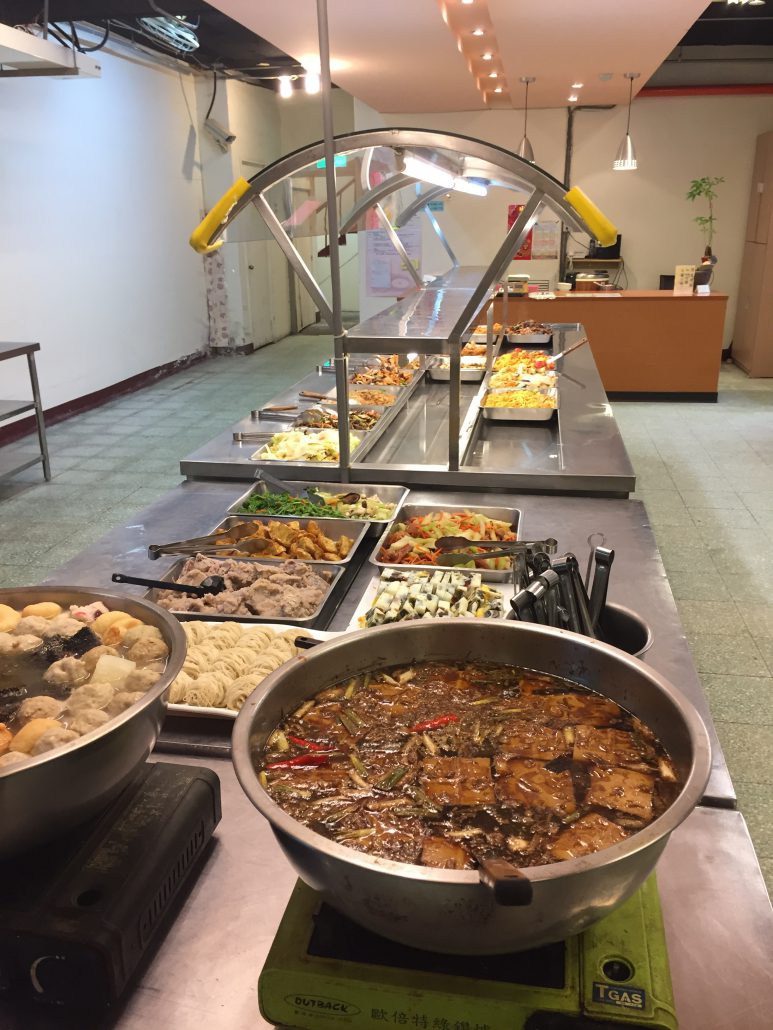




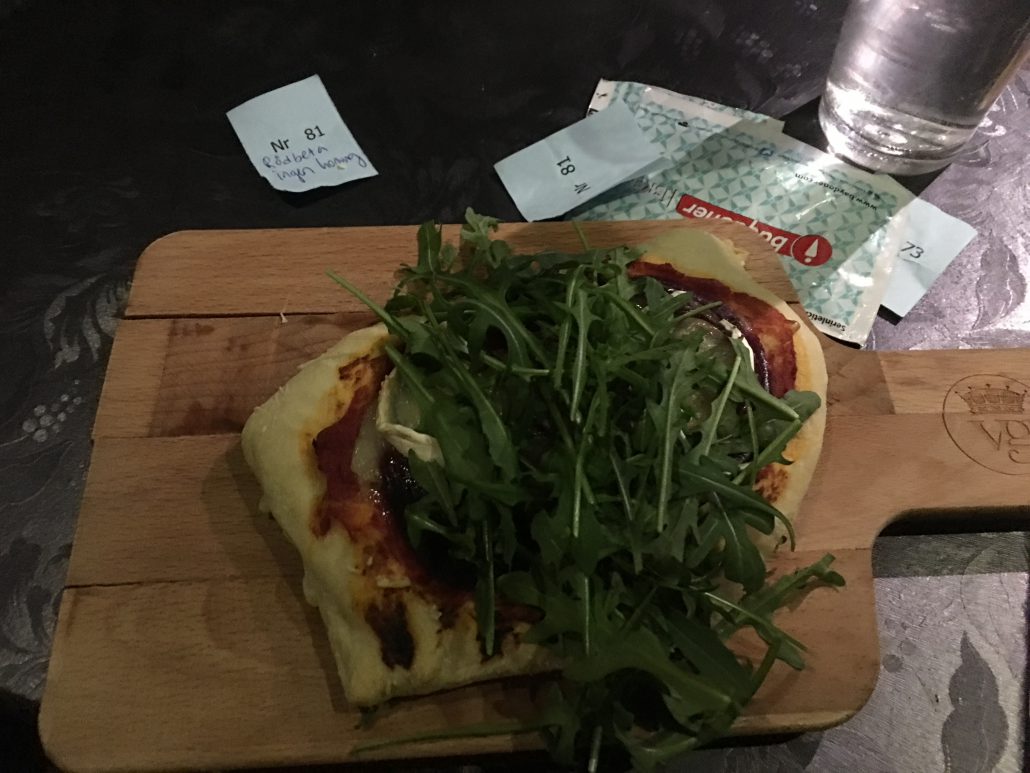
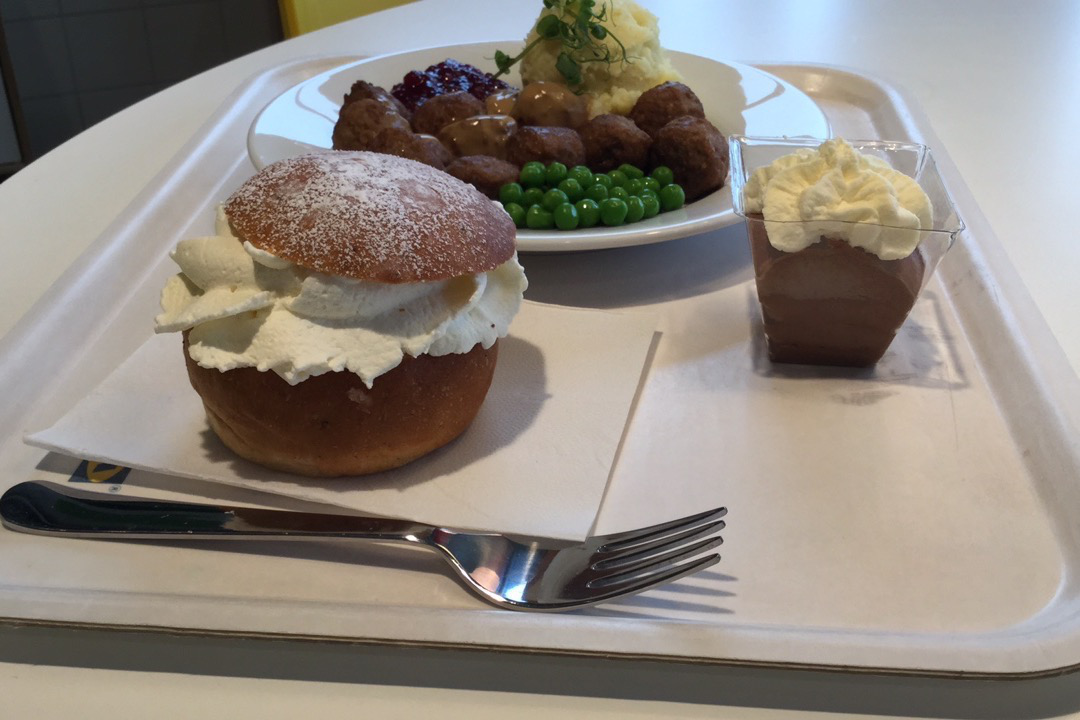
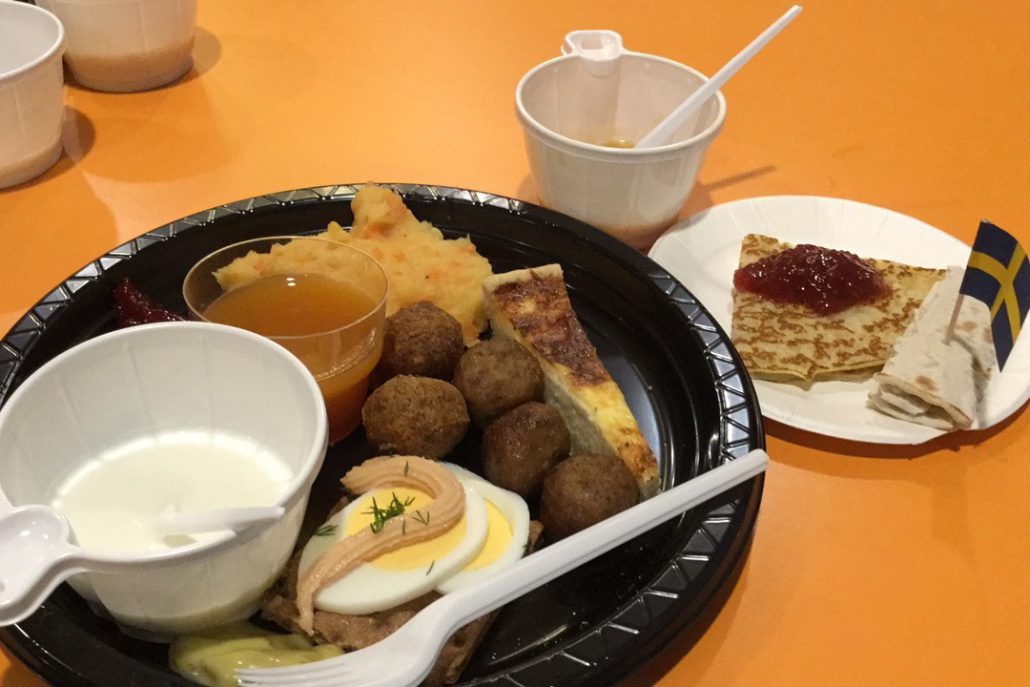
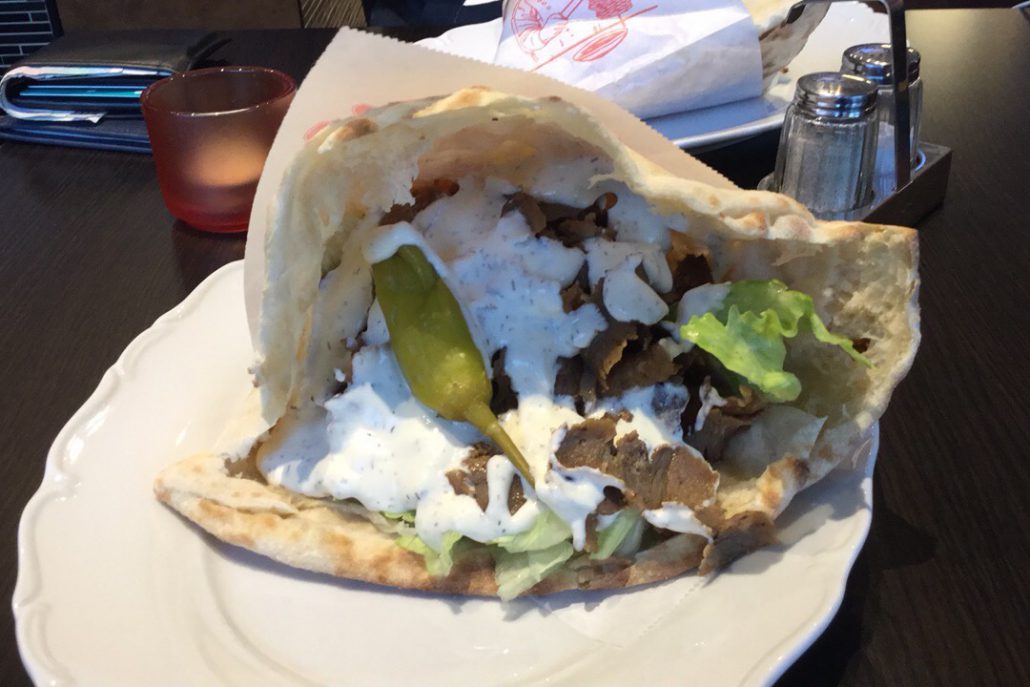
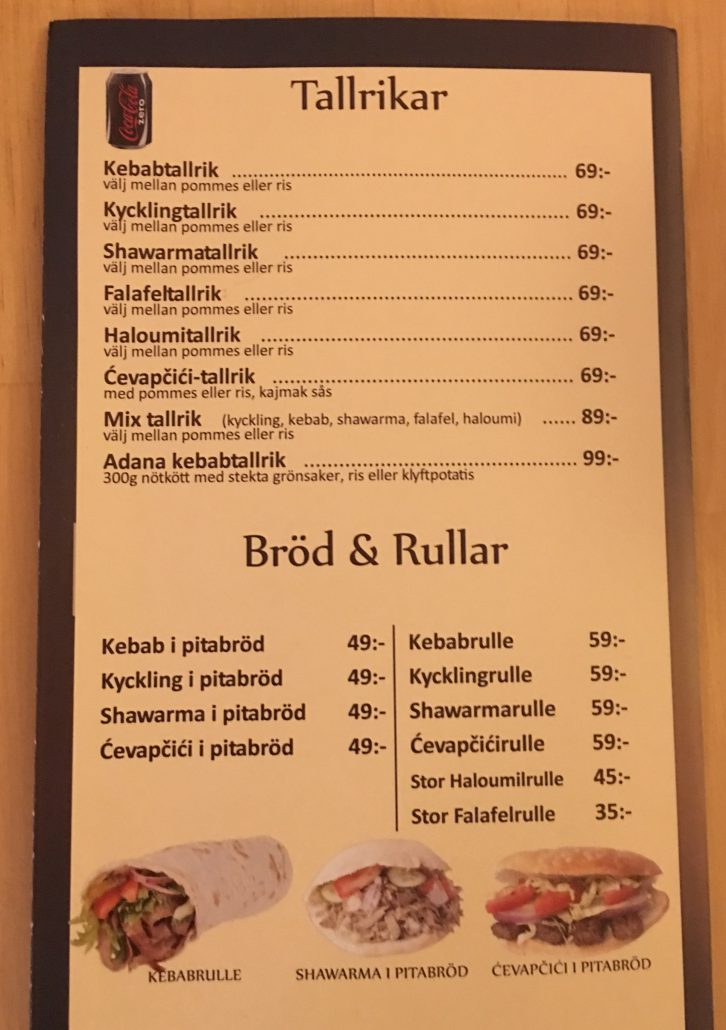
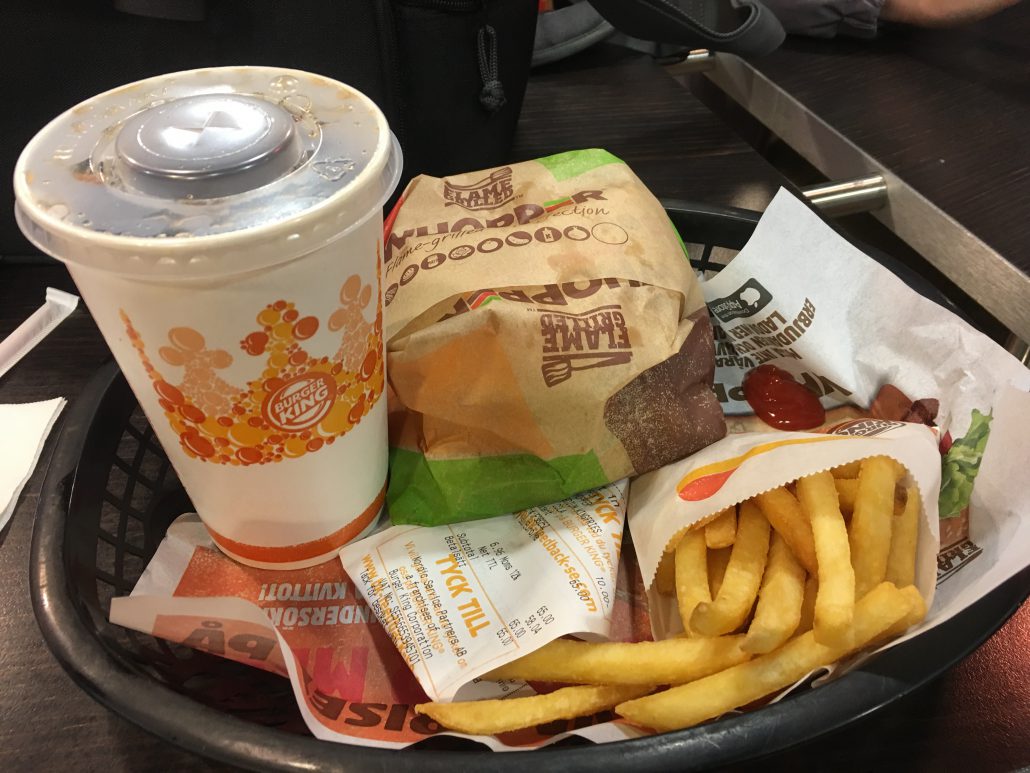
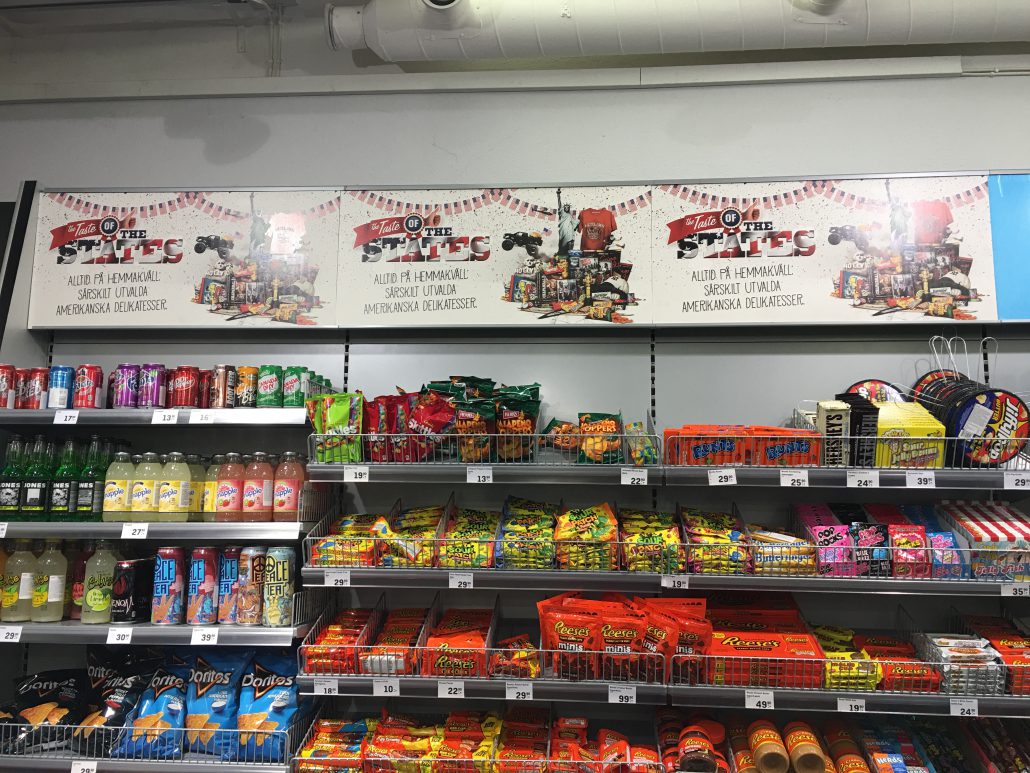




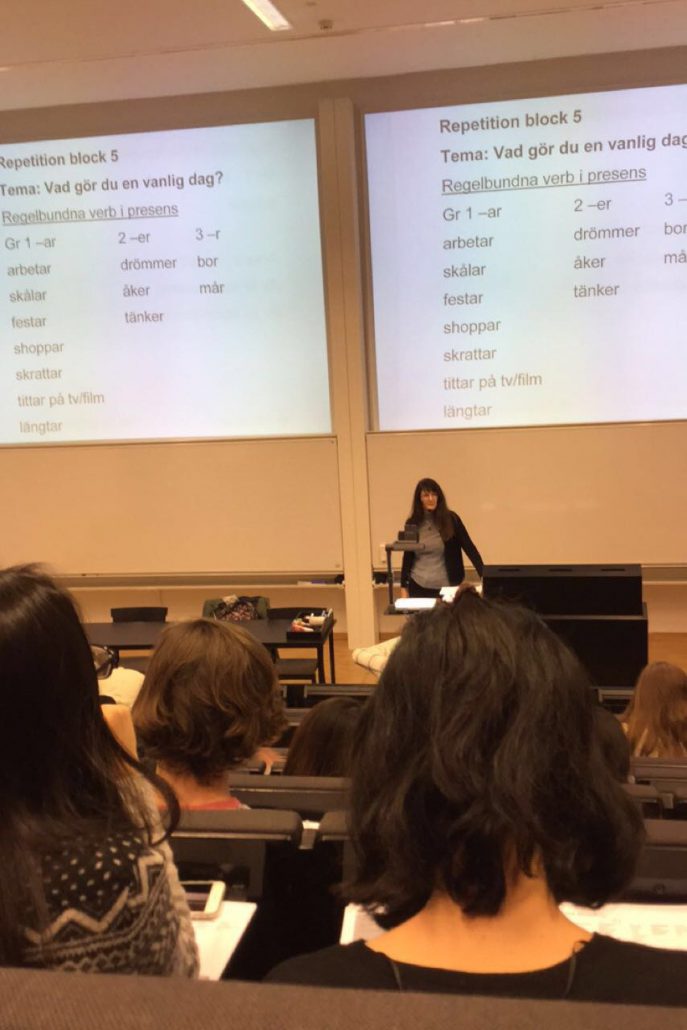
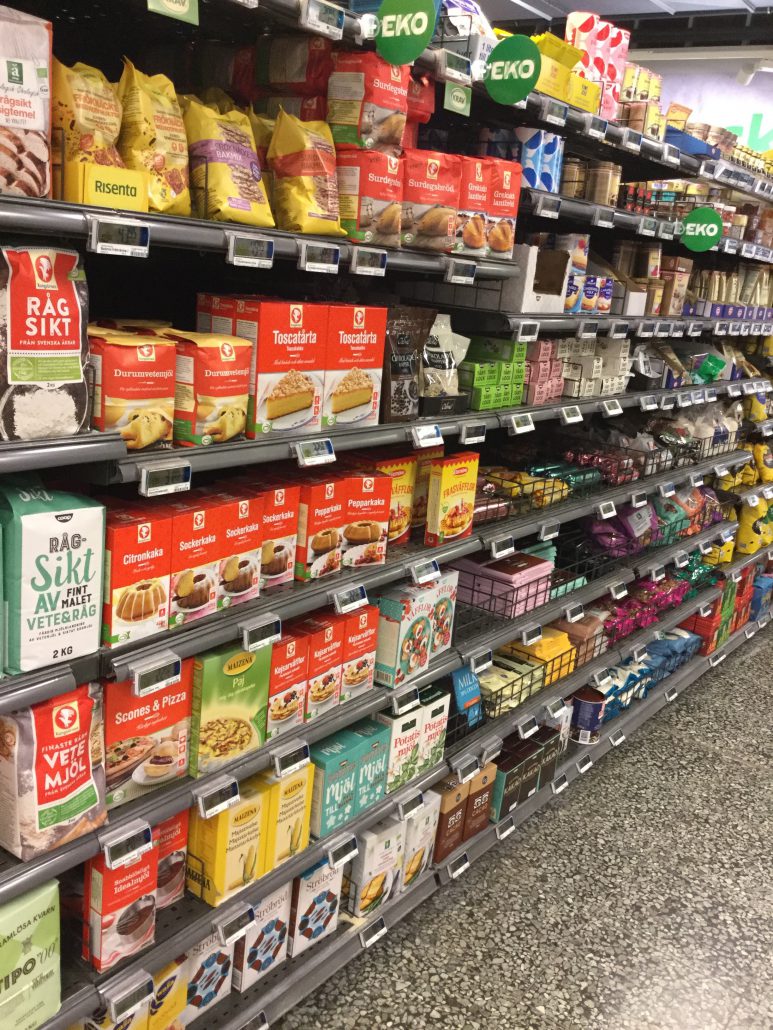

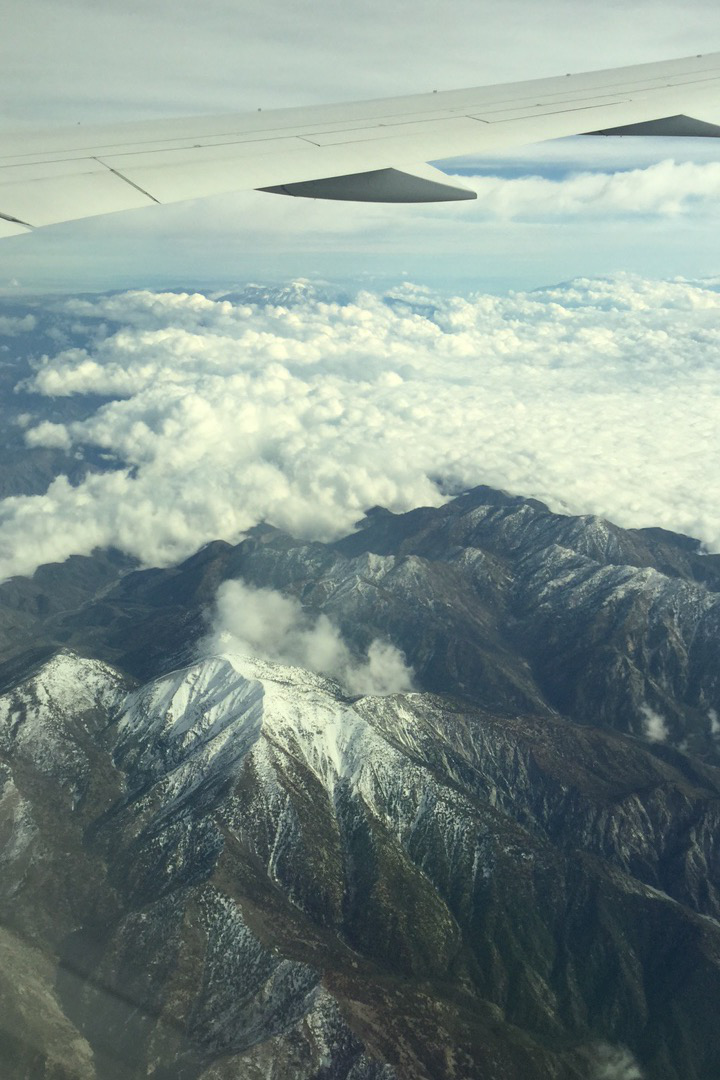

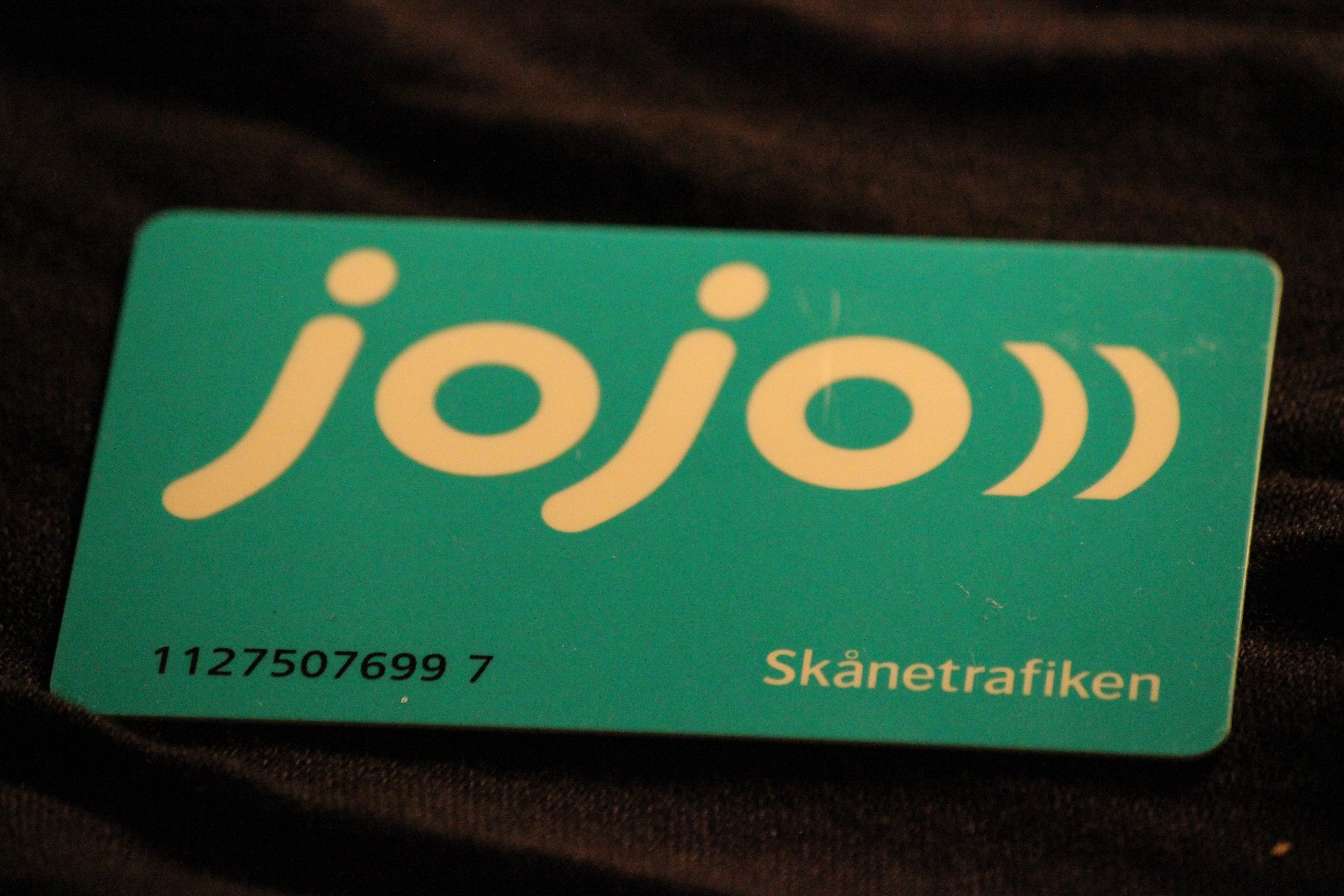
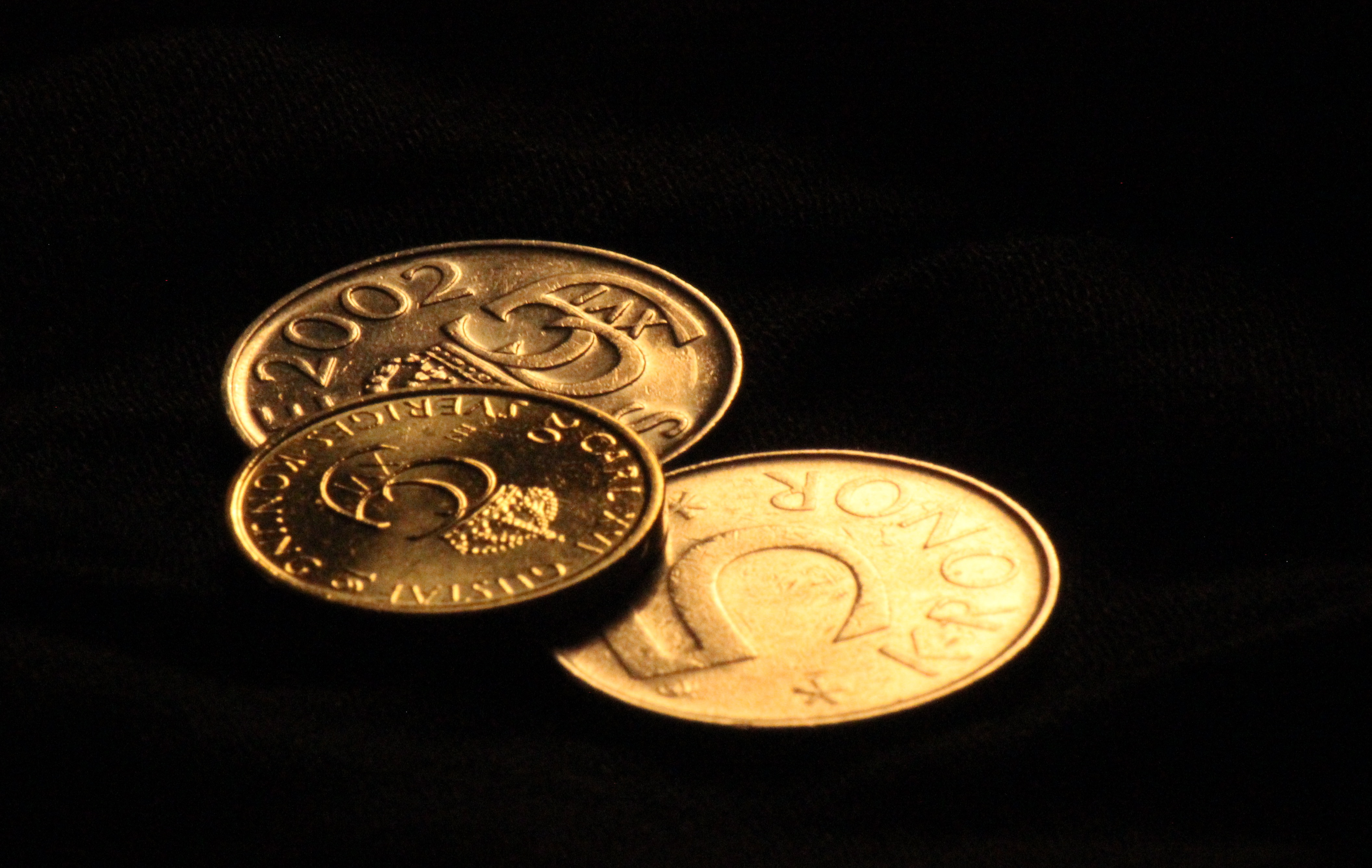
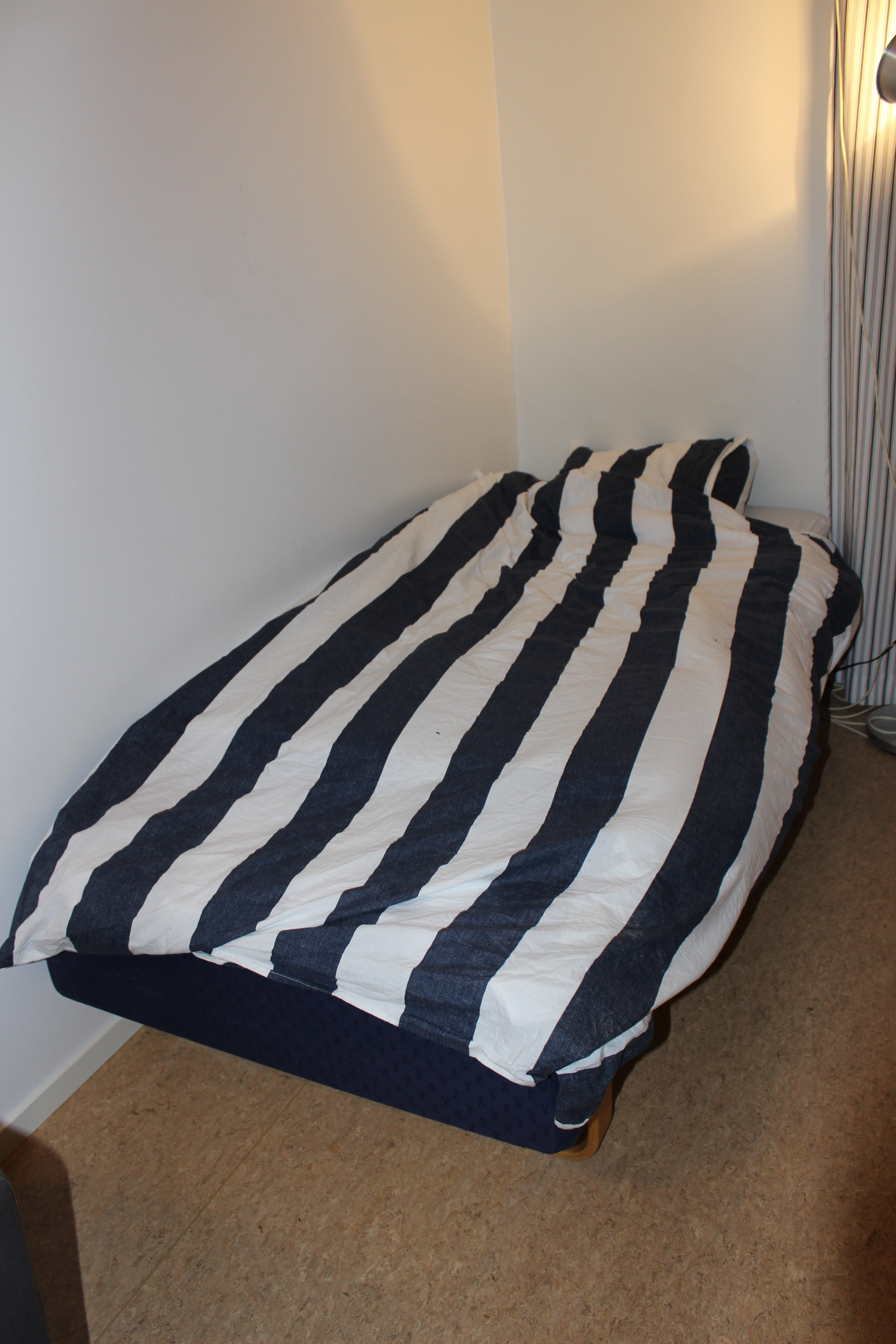
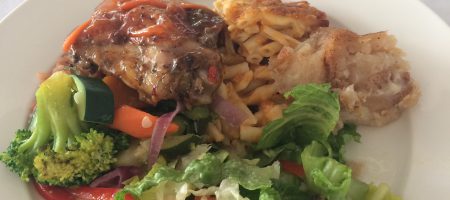

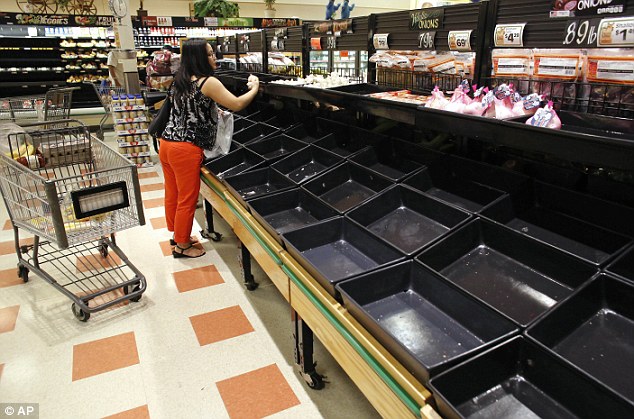










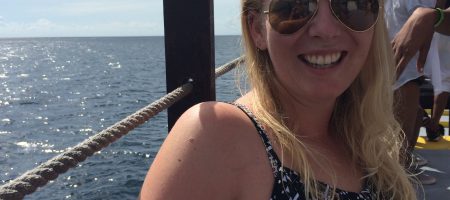



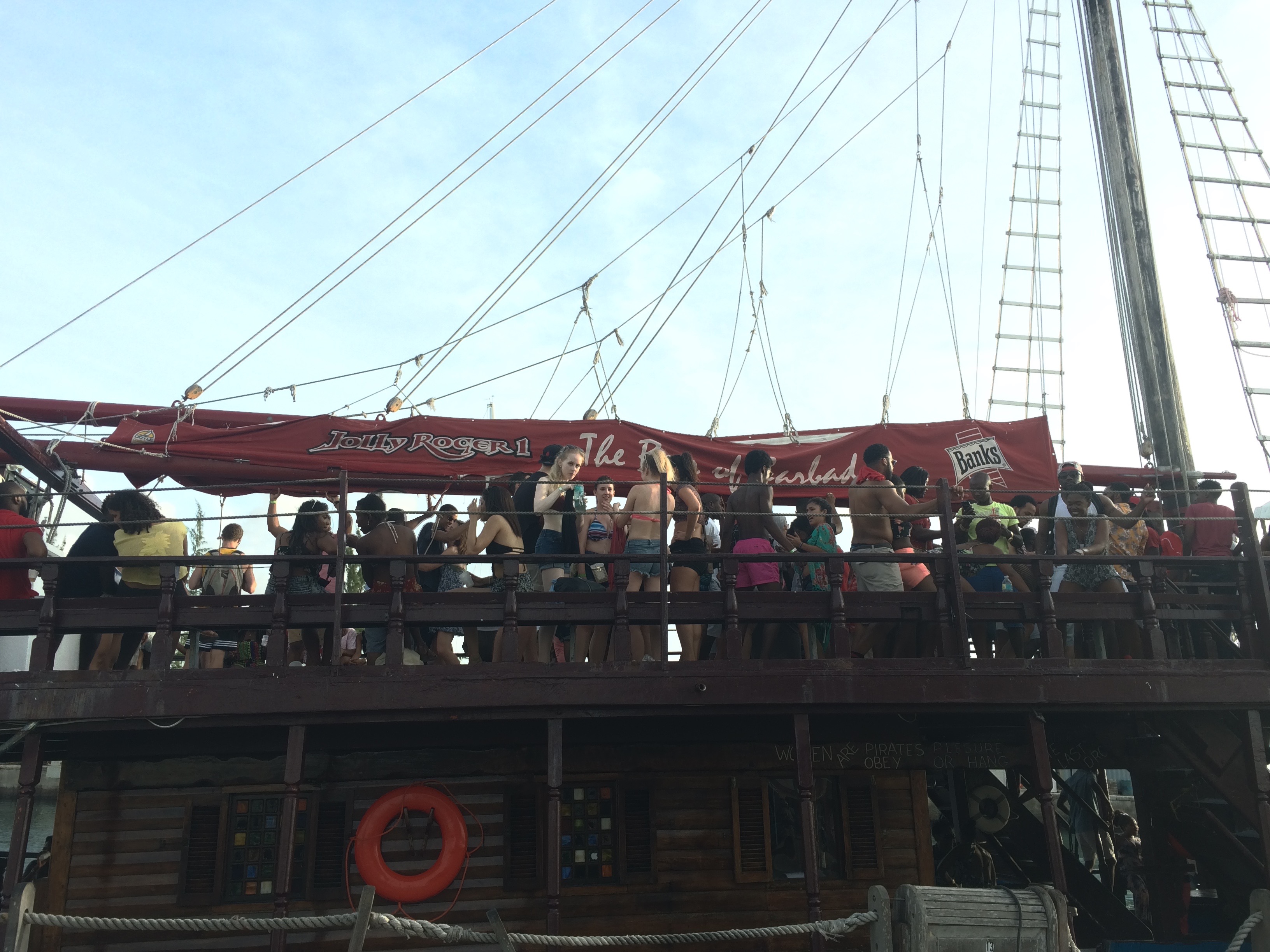


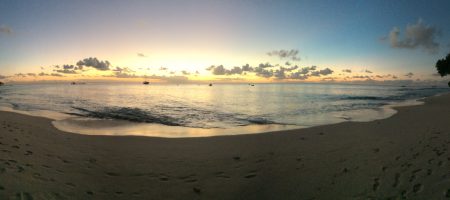


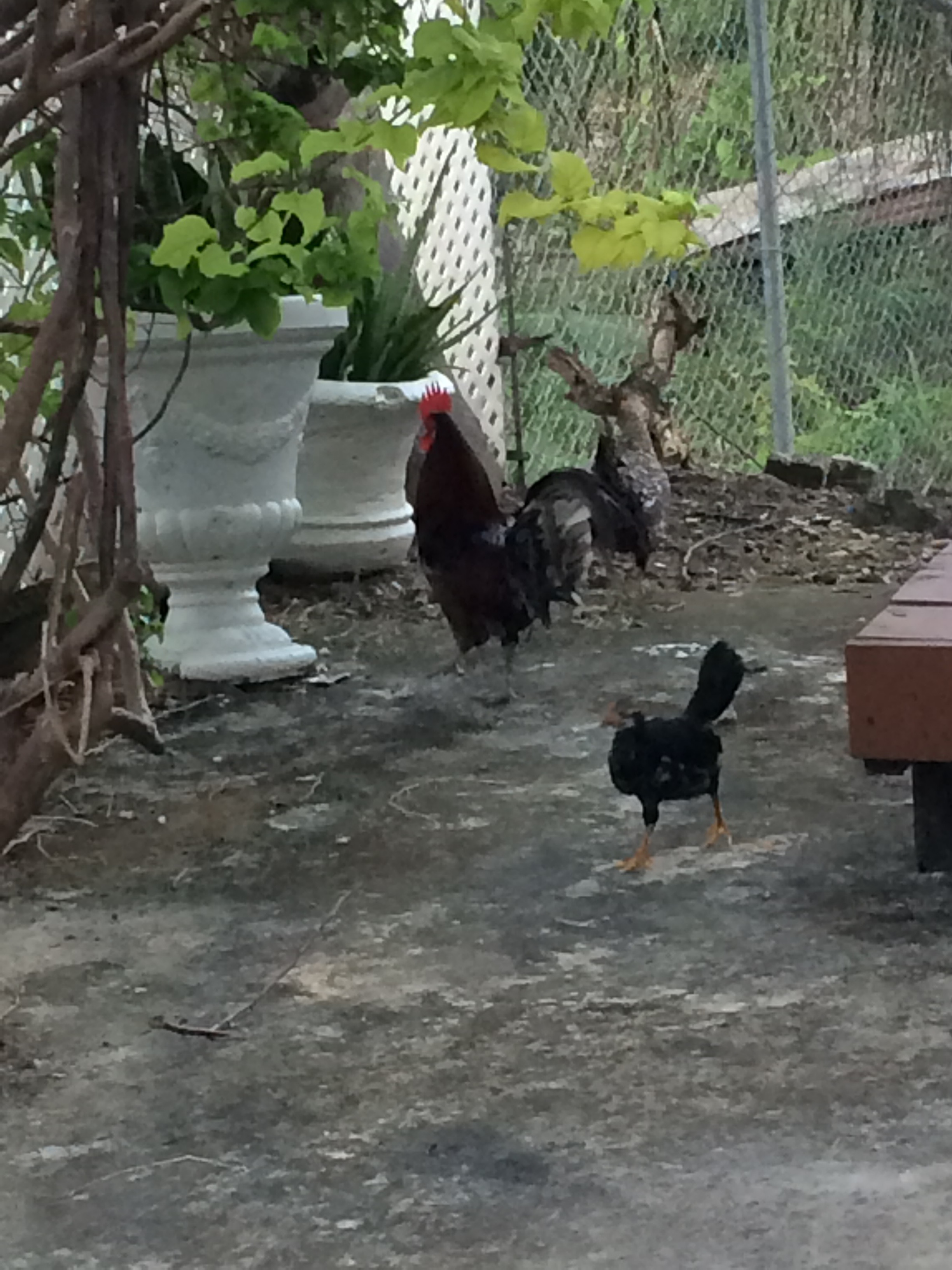



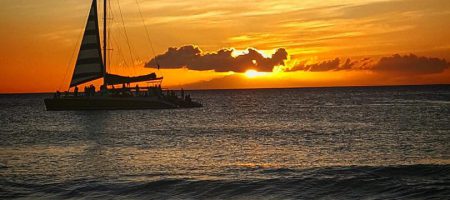

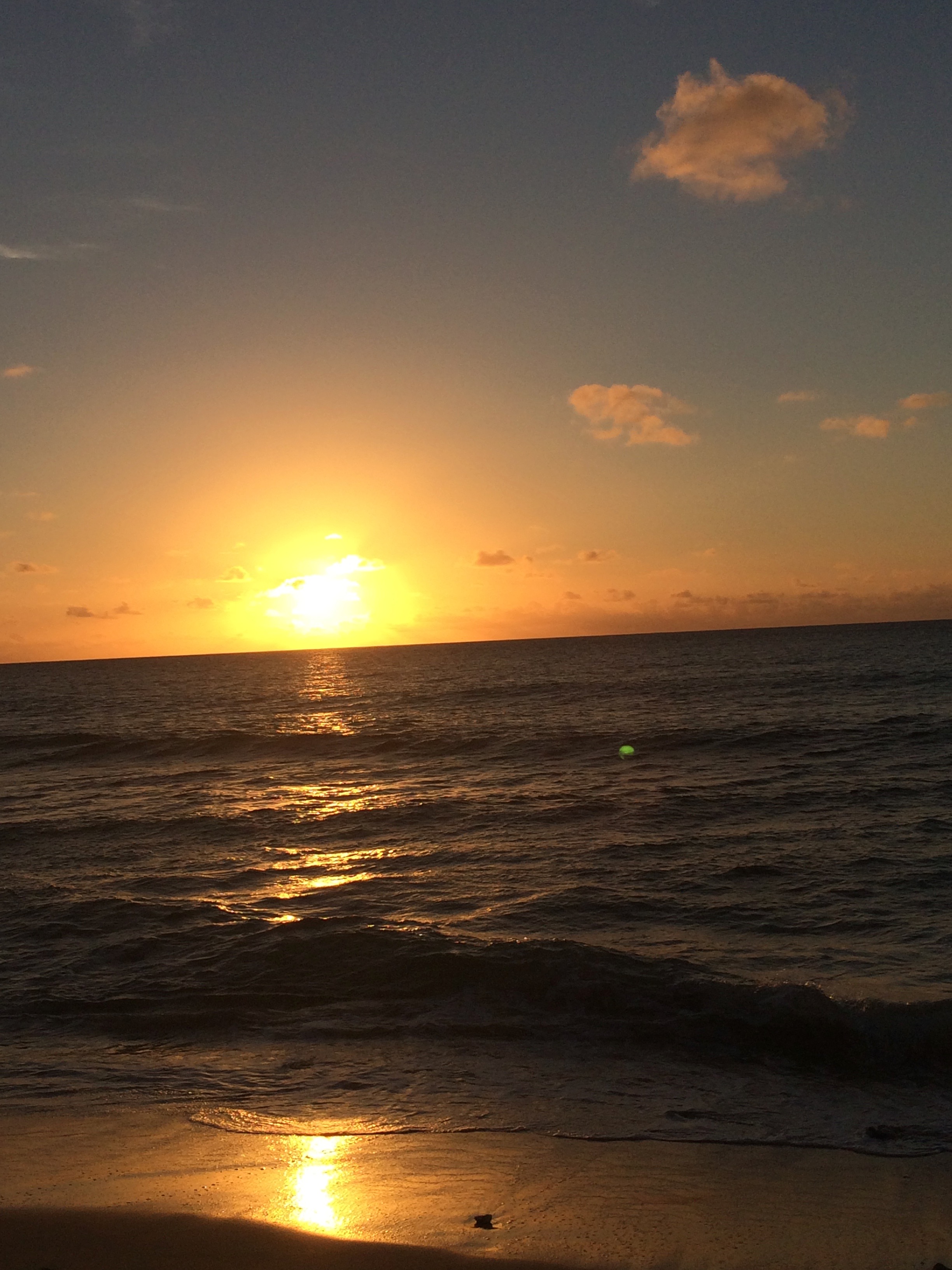
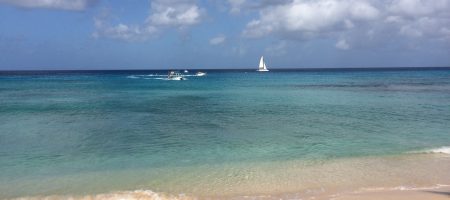



 imes I even wear my bathing suit under my clothes and head down straight after class! I brought a one piece that I purchased in South Africa, and a two piece from Old Navy. Because I have very
imes I even wear my bathing suit under my clothes and head down straight after class! I brought a one piece that I purchased in South Africa, and a two piece from Old Navy. Because I have very